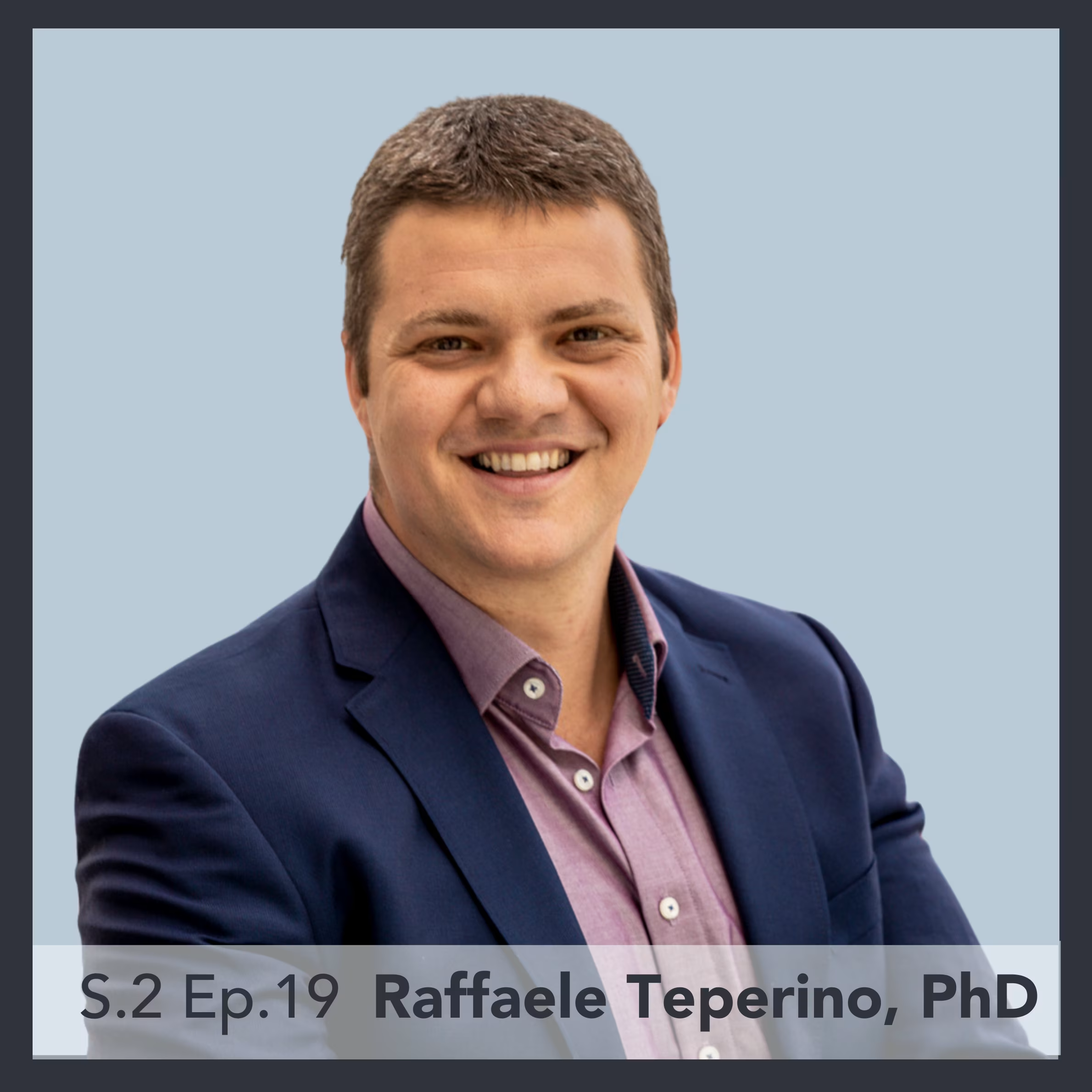According to the National Institute of Mental Health, approximately 20% of adults (around 51.5 million people) experience a mental illness each year. I believe that is 51.5 million people too many!
There is a HUGE need for the ability to predict mental illness, as the current diagnostic process has many limitations and challenges.
By analyzing epigenetic markers associated with mental disorders, we can actually predict the likelihood of developing these conditions and tailor personalized treatment plans for improved outcomes.
Predicting mental illness using epigenetics is paramount for early intervention, personalized medicine, and improved outcomes. With DNA methylation marks in peripheral tissues serving as predictive biomarkers, healthcare professionals can identify those at high risk and initiate targeted support.
Early detection enables timely interventions, potentially mitigating the severity and progression of these disorders. By leveraging cutting-edge technologies like artificial intelligence and natural language processing, we can even analyze social media data to predict suicidal thoughts and behaviors, revolutionizing suicide prevention strategies.
In this week’s Everything Epigenetics podcast, Zach and I chat about his work which primarily concentrates on identifying the epigenetic factors that contribute to psychiatric diseases, specifically focusing on mood disorders.
We discuss the microarray technology he utilizes to conduct genome-wide exploratory analyses, aiming to discover disease associations in both human subjects and animal models. We focus on Zach’s investigations which encompass a range of conditions, including major depression, postpartum depression, and suicide.
Another significant area of Zach’s research that we explore is centered around the development of predictive biomarkers for disease risk, using DNA methylation patterns in peripheral tissues.
Furthermore, we talk about his research program that involves the development and application of artificial intelligence-driven natural language processing techniques, and how he applies these techniques to social media data to predict the likelihood of future suicidal thoughts and behaviors.
Additionally, Zach is focused on creating and evaluating innovative digitally delivered suicide interventions that make use of these technologies.
In this Everything Epigenetics episode, you’ll learn about:
– Zach’s story starting with, “I met a girl…”
– Zach’s focus on suicide, PTSD, and post-partum depression epigenetics
– Dionysus digital health
– Why epigenetics is giving researchers hope as a diagnostic tool
– Epigenetics being the common denominator of nature and nurture
– Stress vulnerability and epigenetic variation
– The importance of replication and validation studies
– Molecular regulation and neuroimaging consequences of SKA2
– Modifying the epigenetic code at SKA2
– Cell type heterogeneity in the brain
– Using artificial intelligence and Twitter data to help identify those with the greatest risk of -suicide
– Suicide intervention app
– Where estrogen changes methylation in the brain and how this relates to PPD
– The HP1BP3 gene
– How to find replicated loci in epigenetic methylation studies
– How we can commercialize this type of work
– The stigma against mental illness
– Zach’s future work involving AI responses on Twitter




